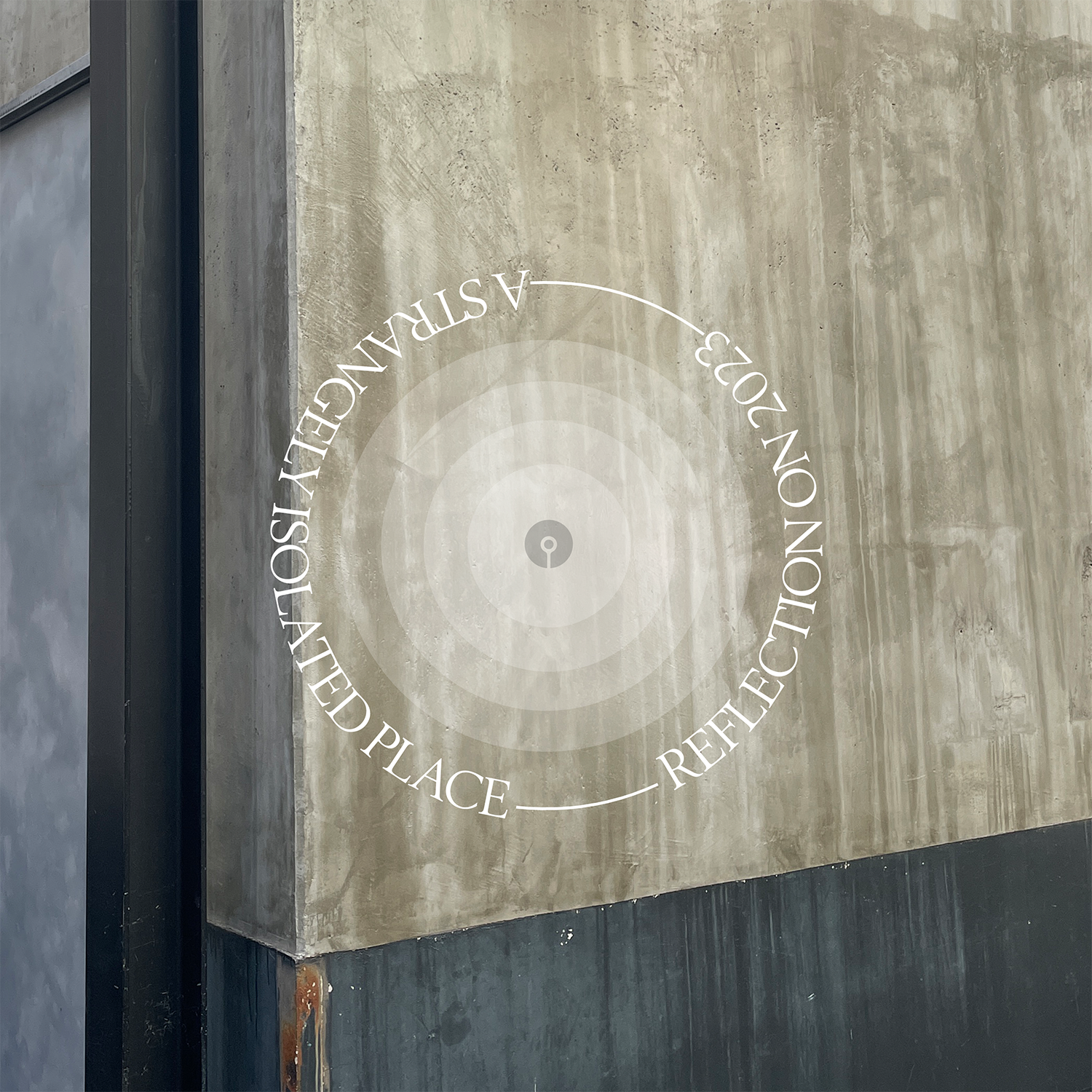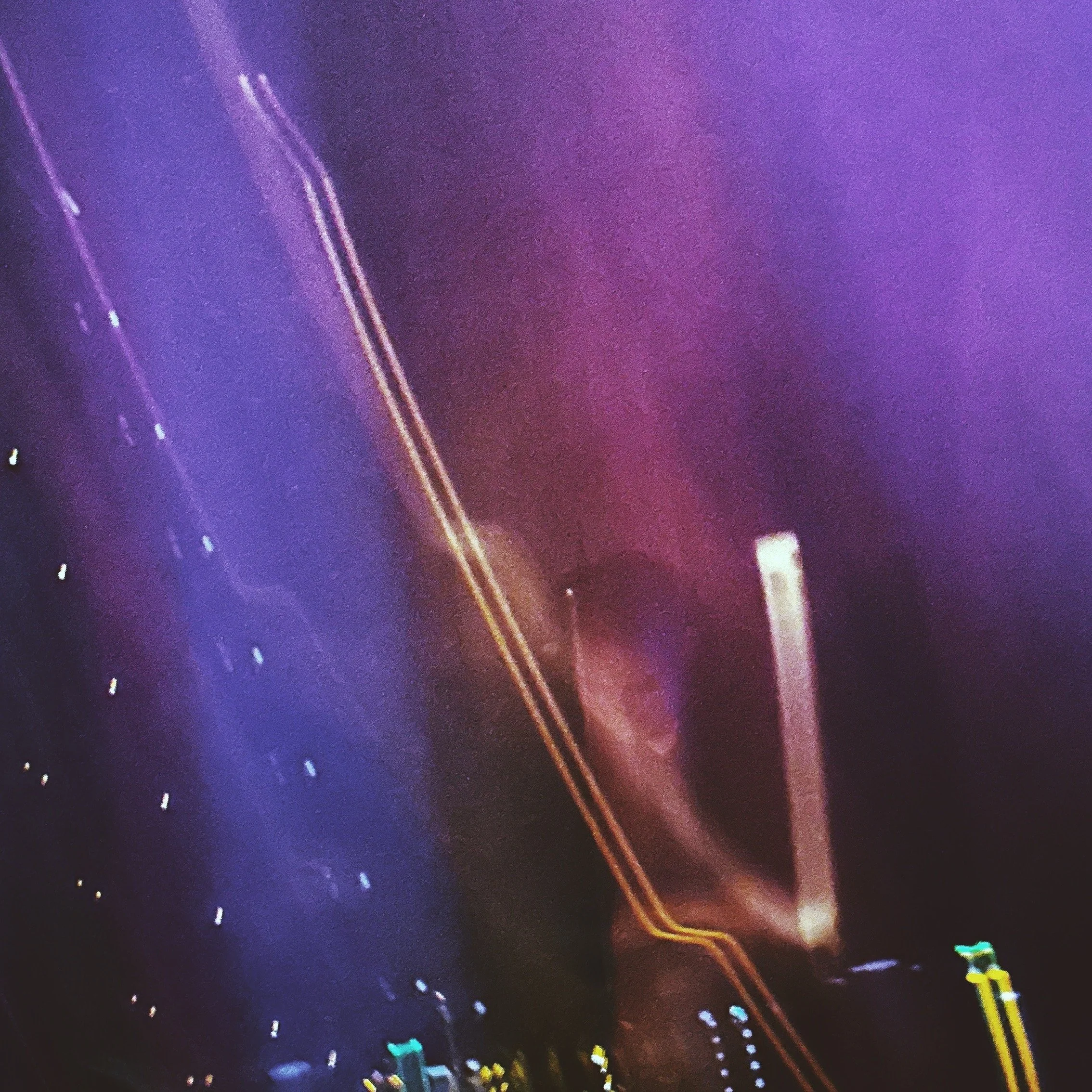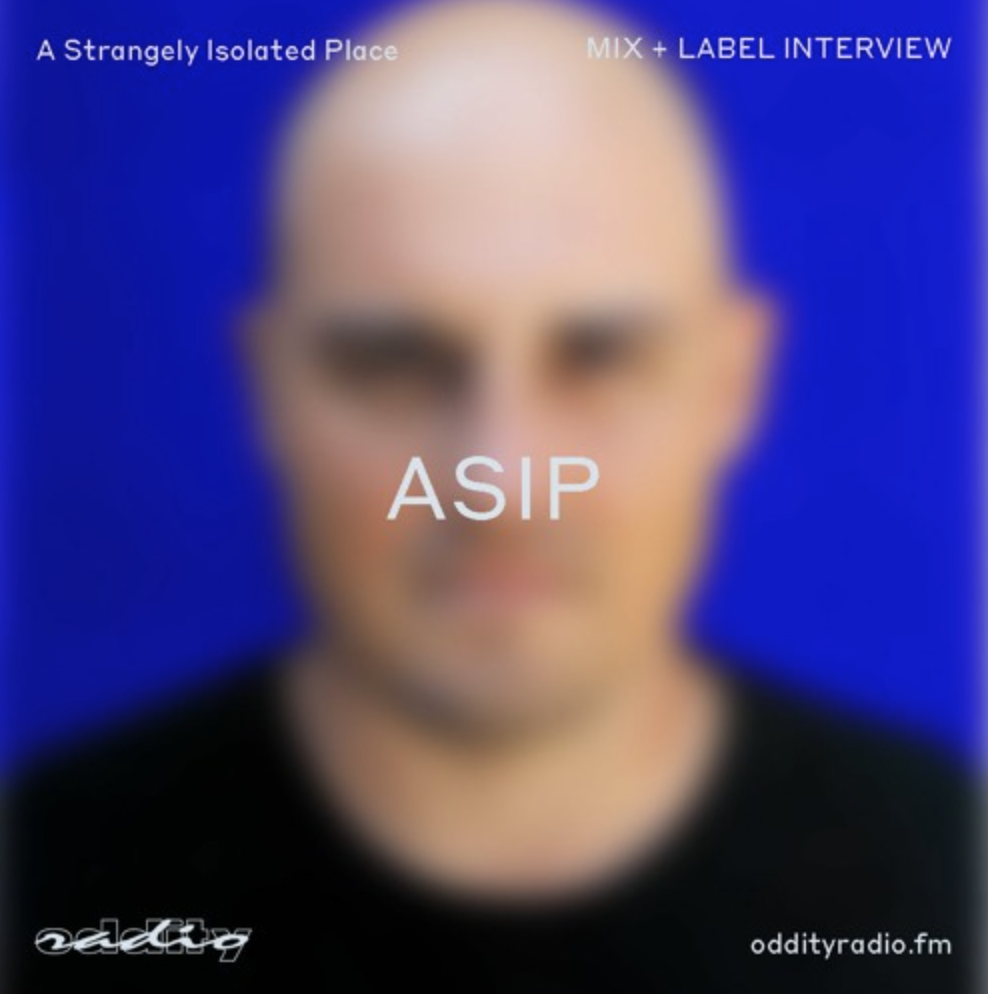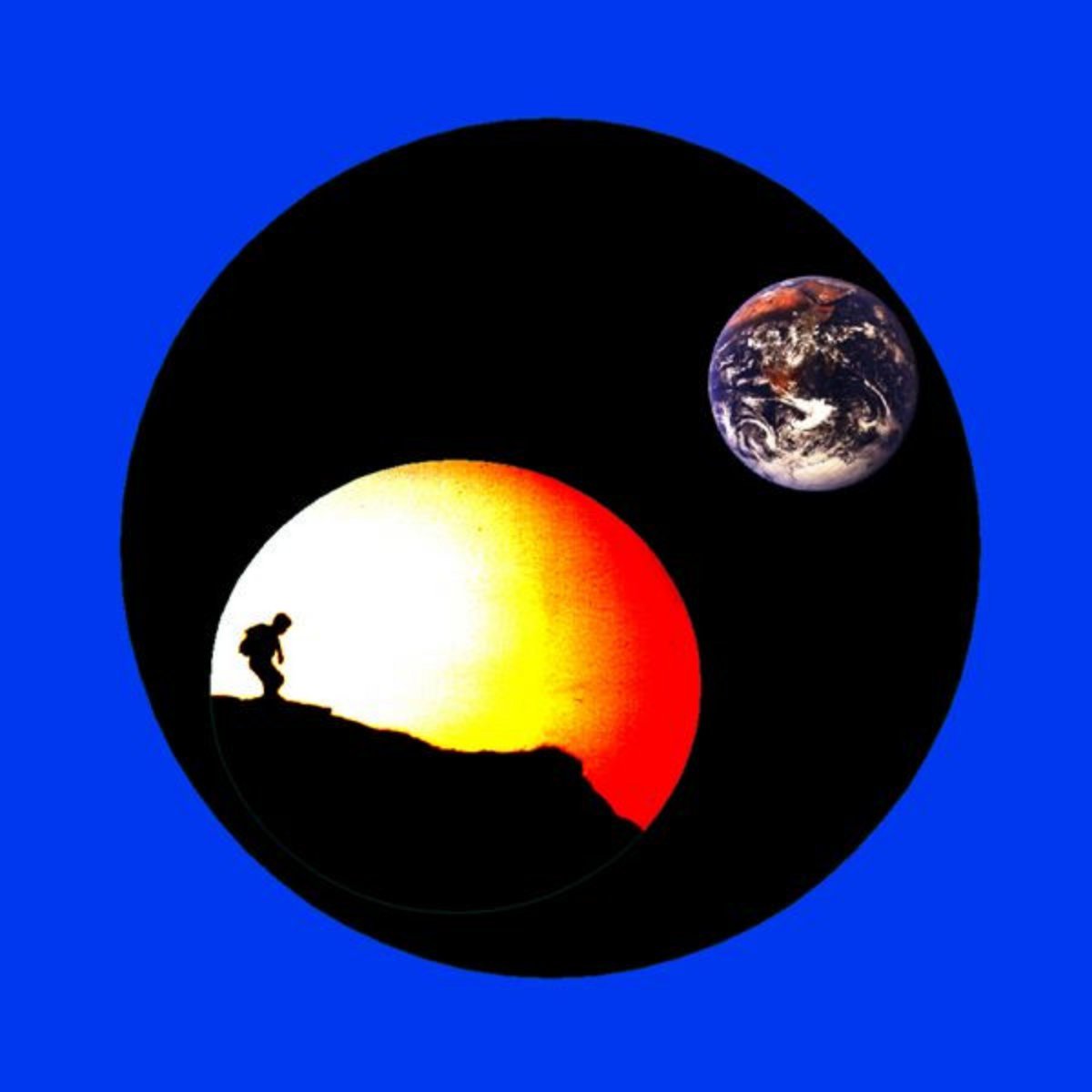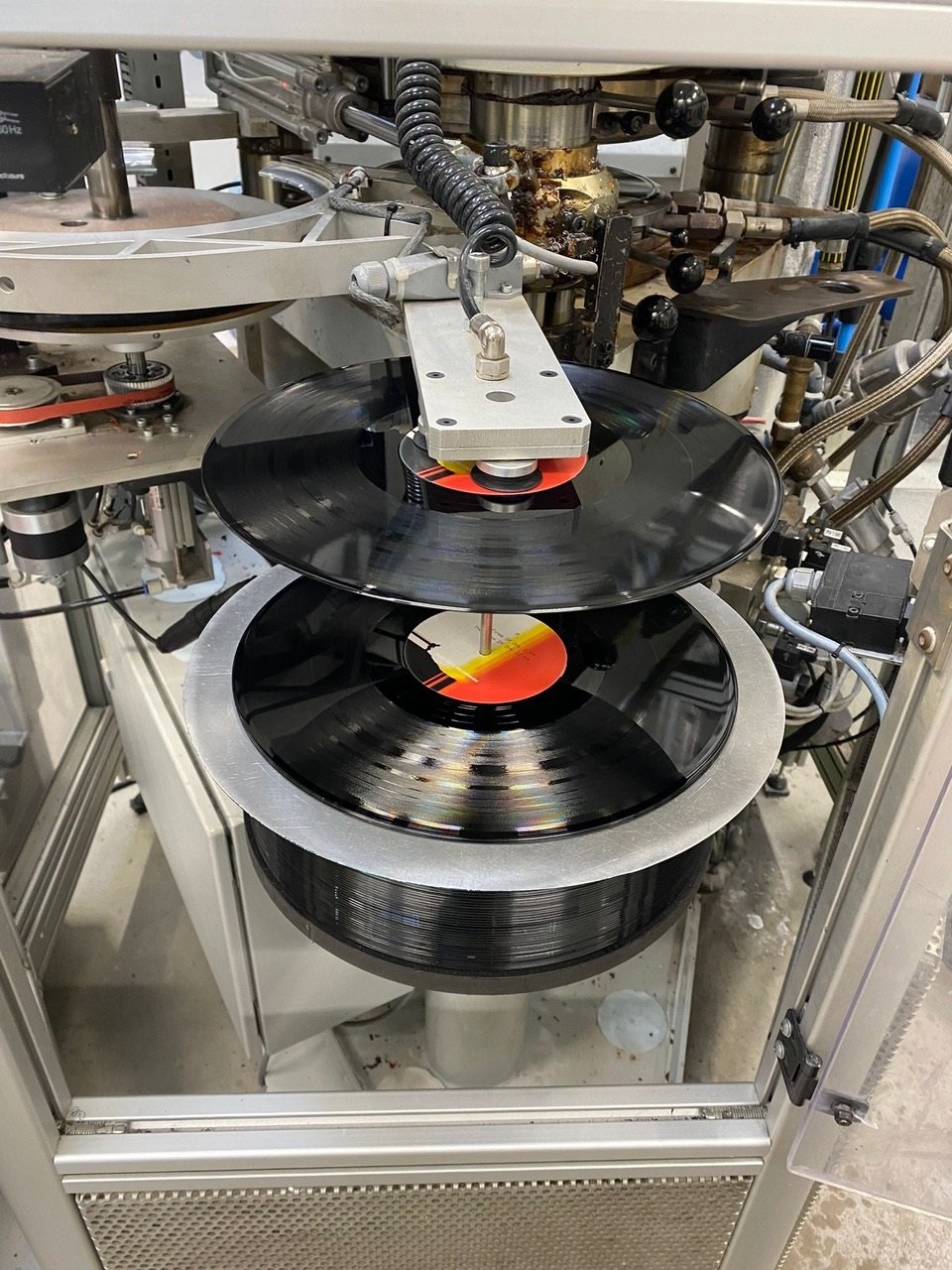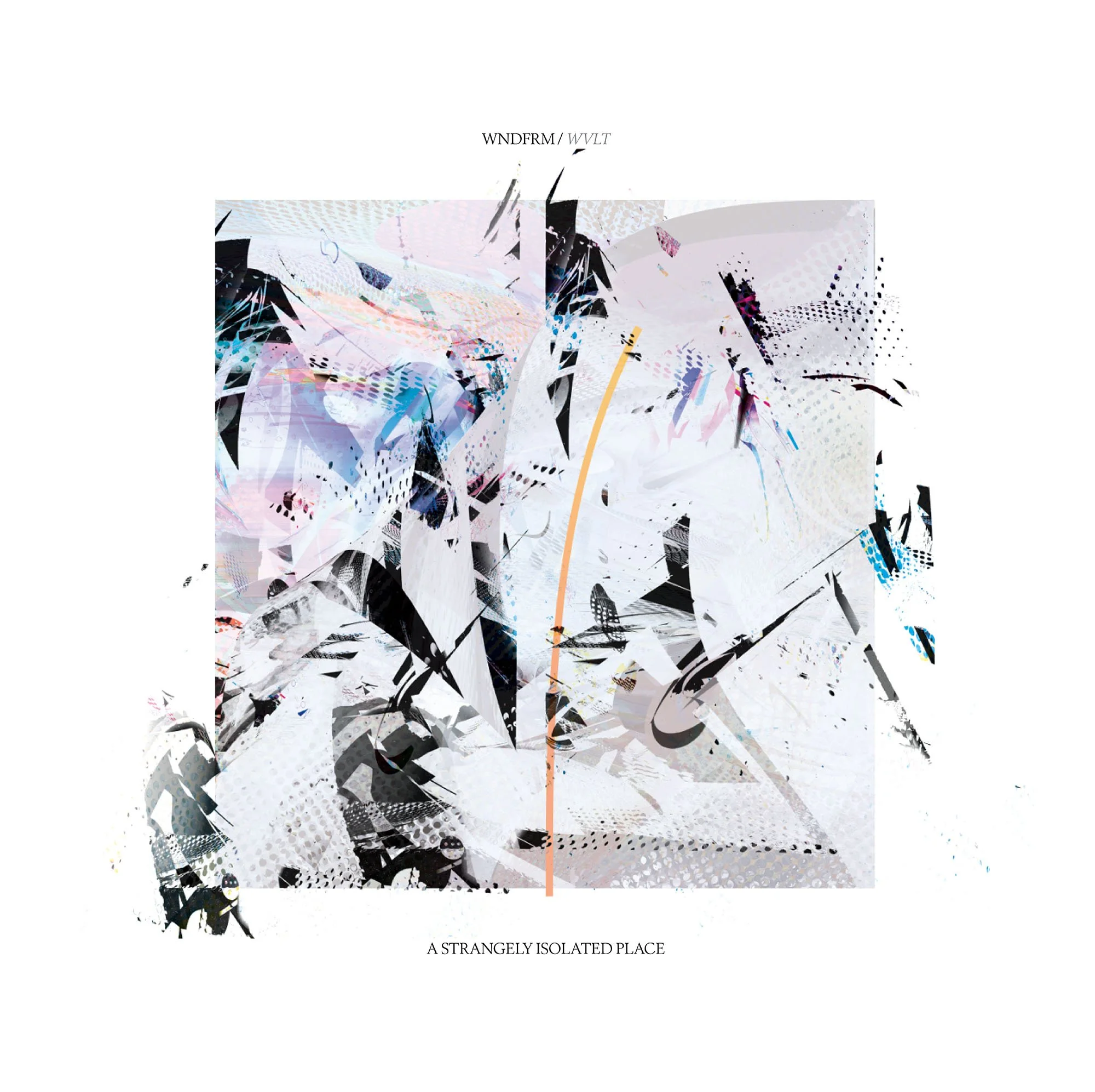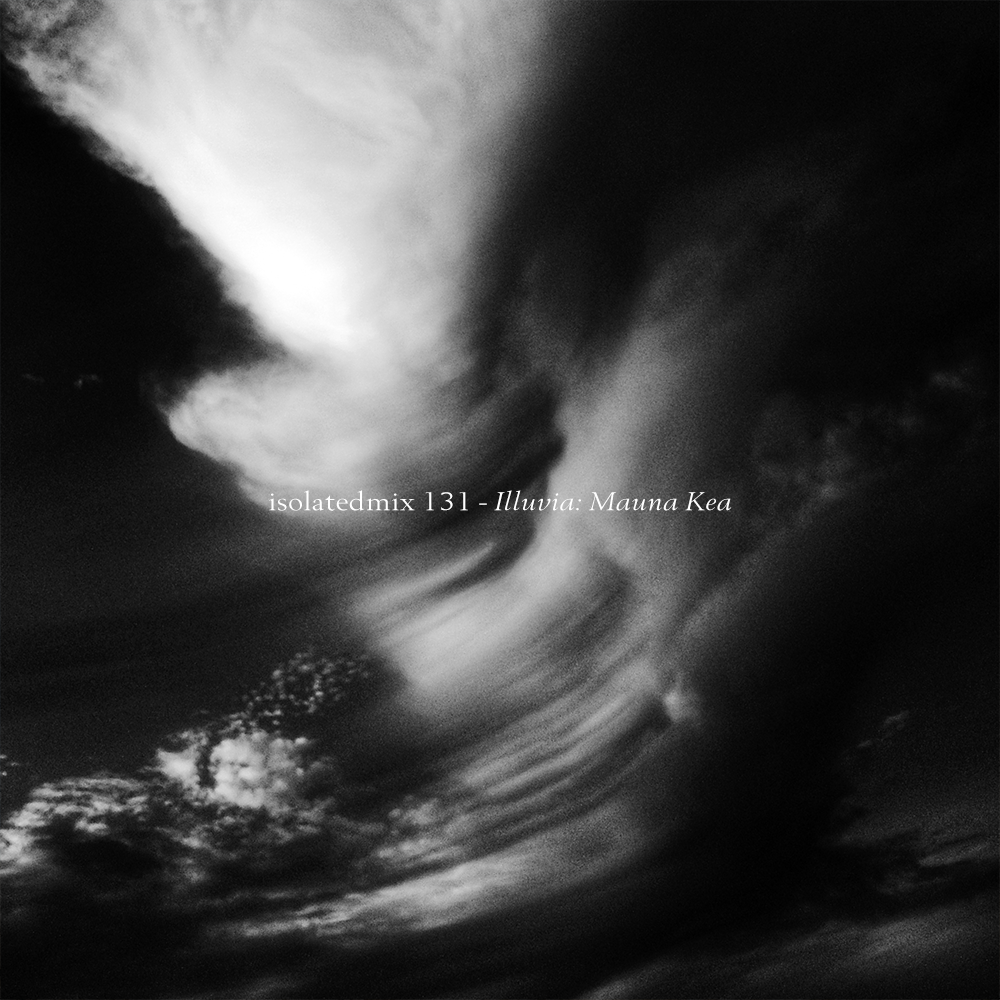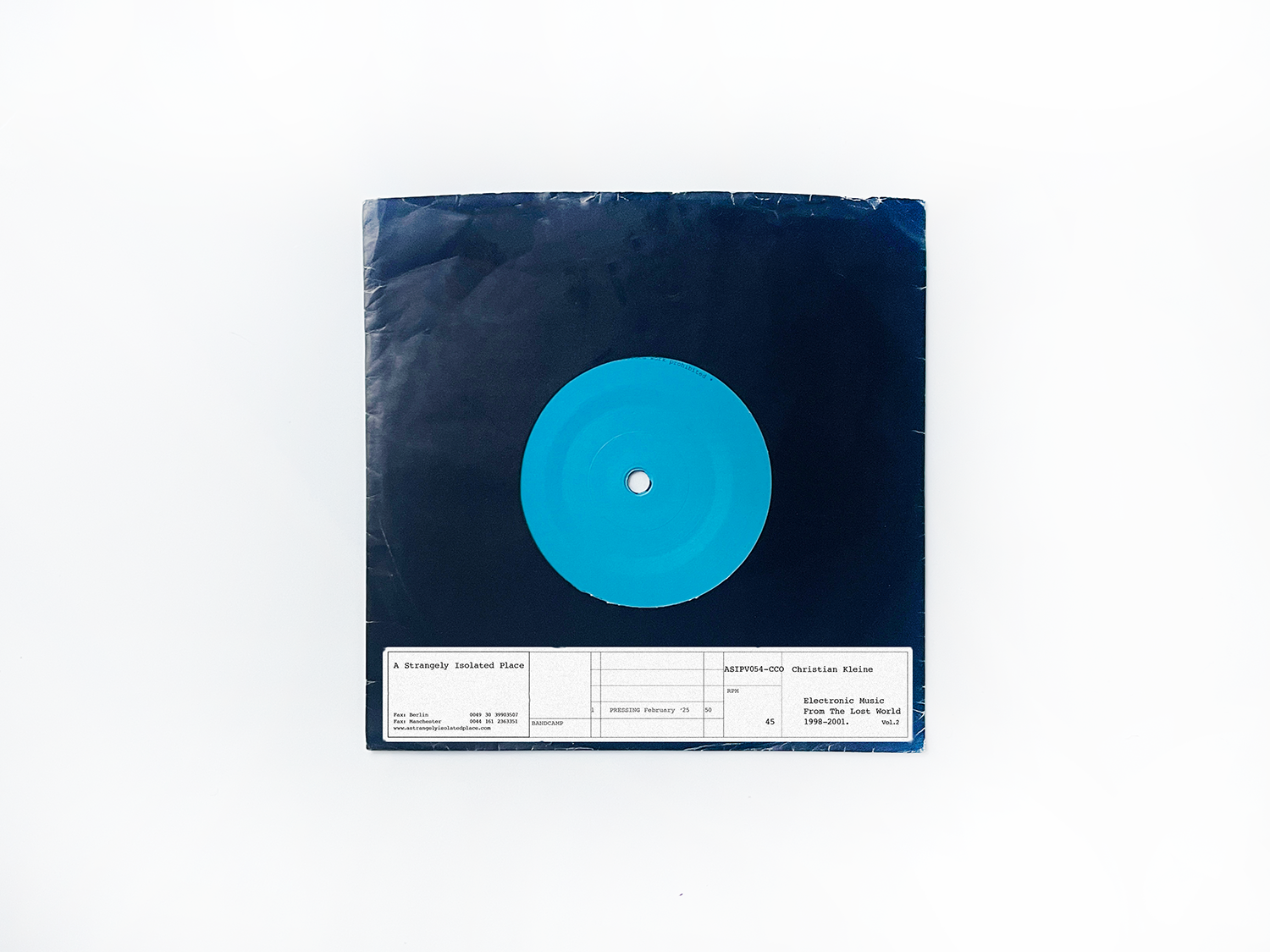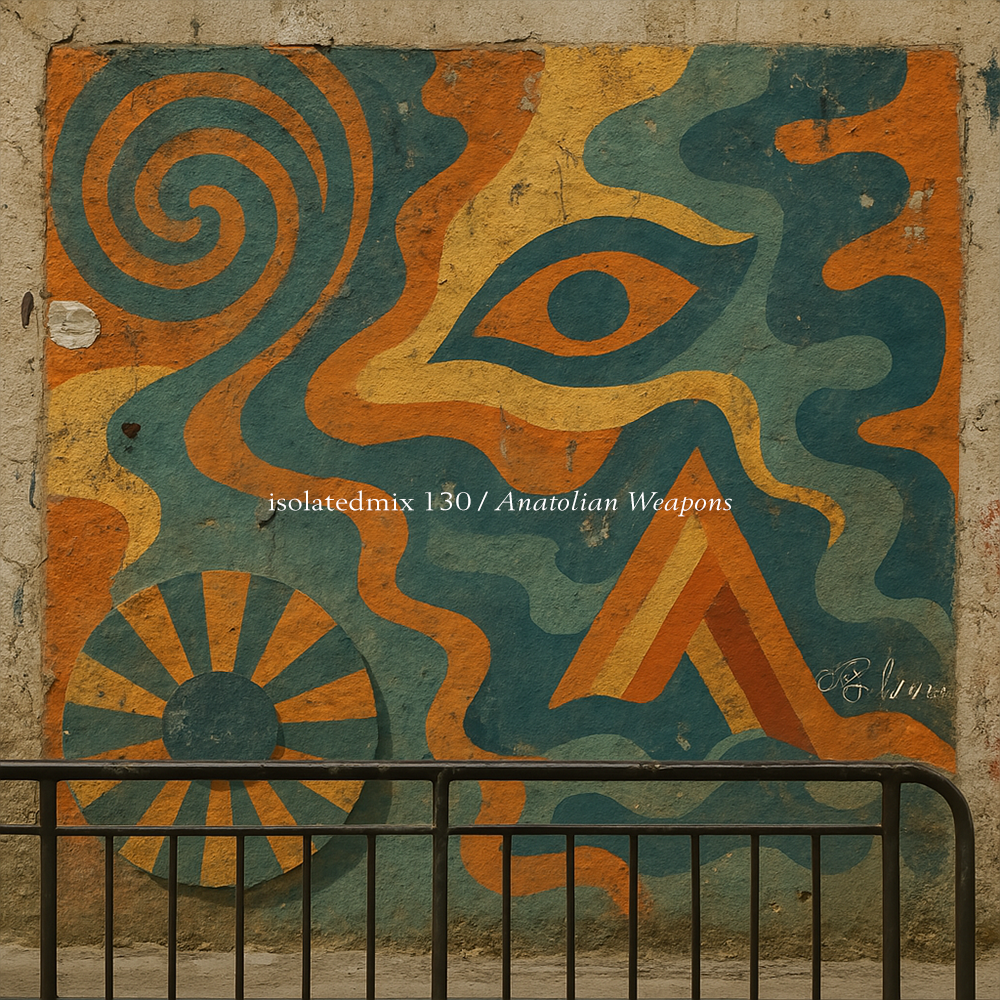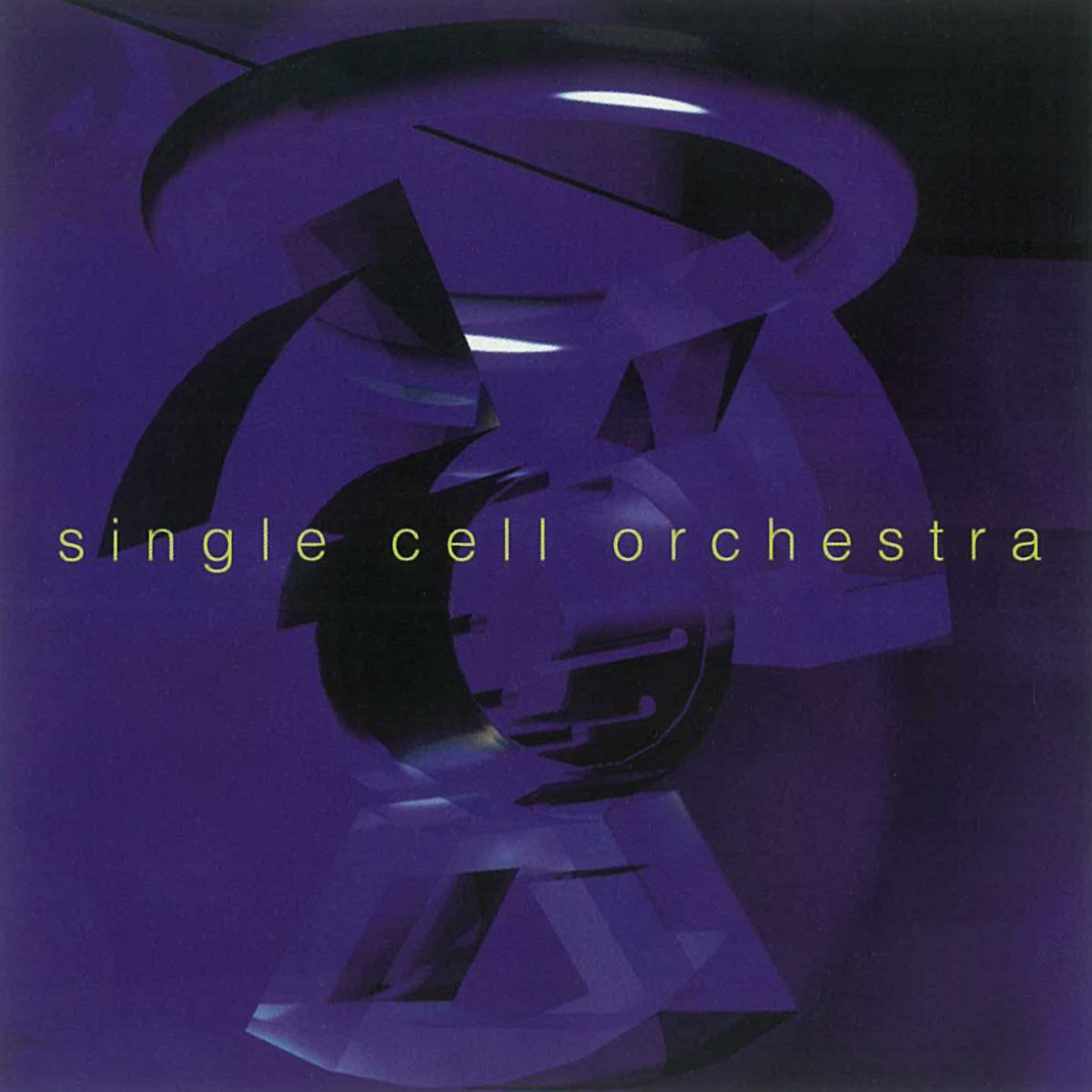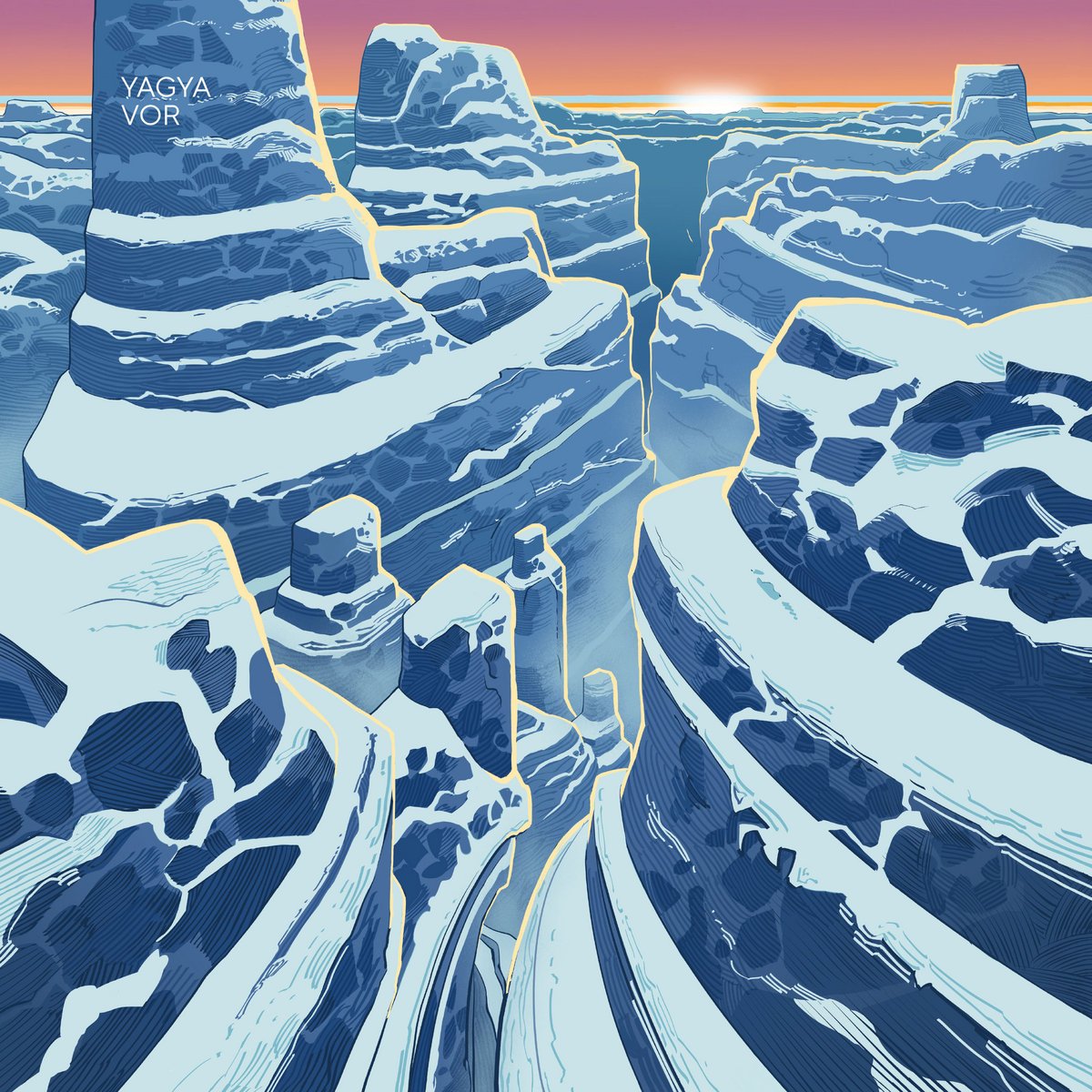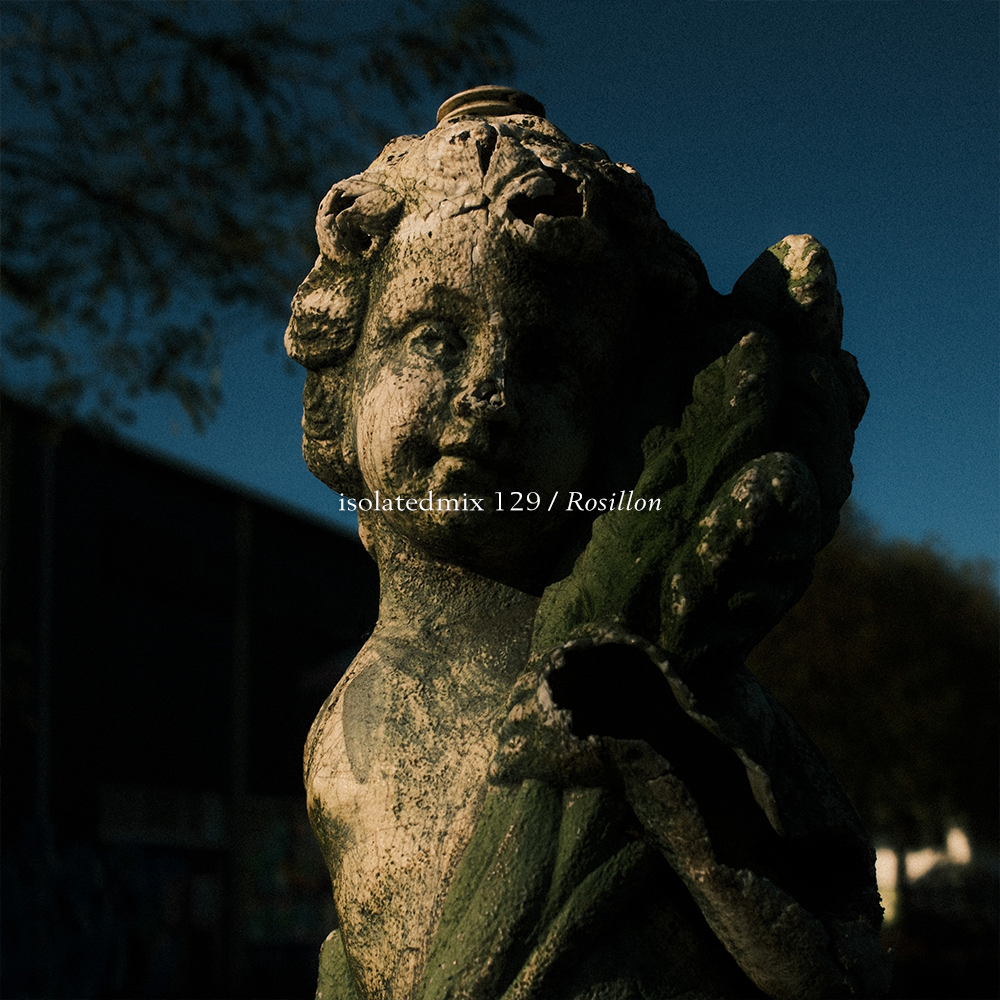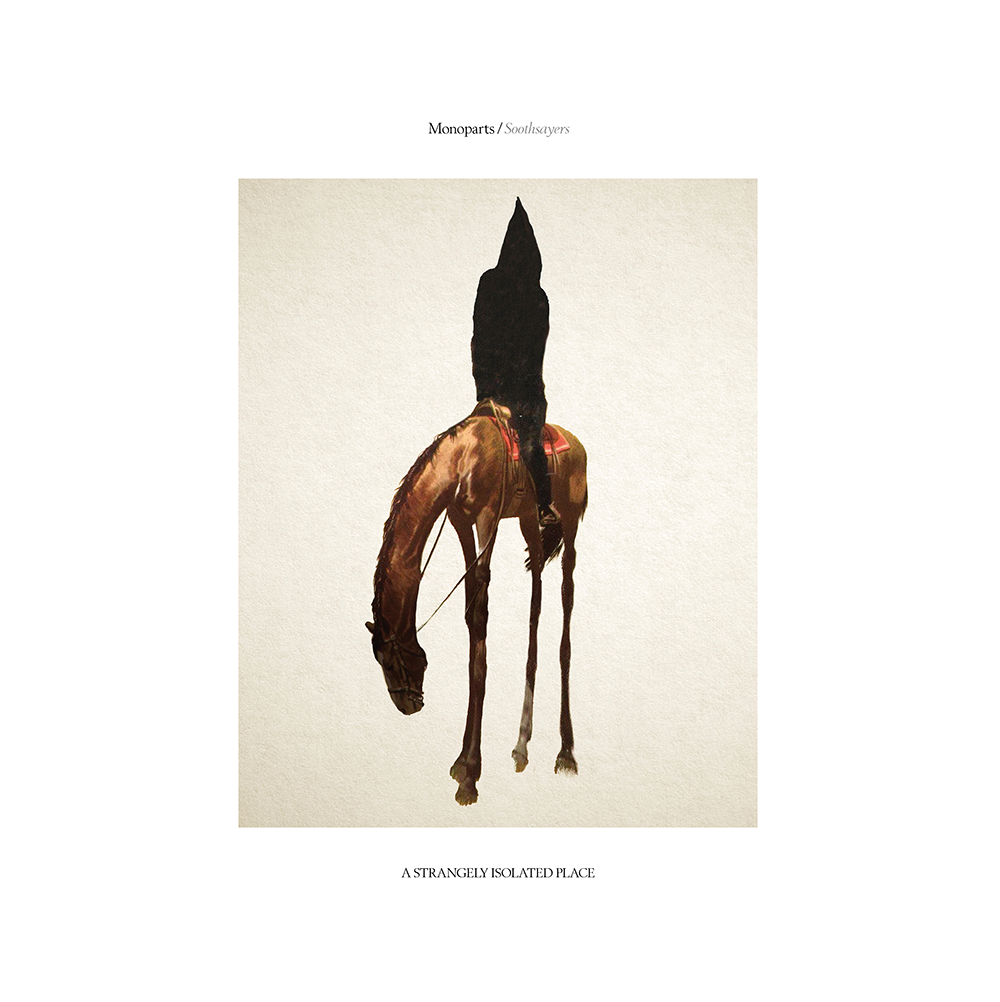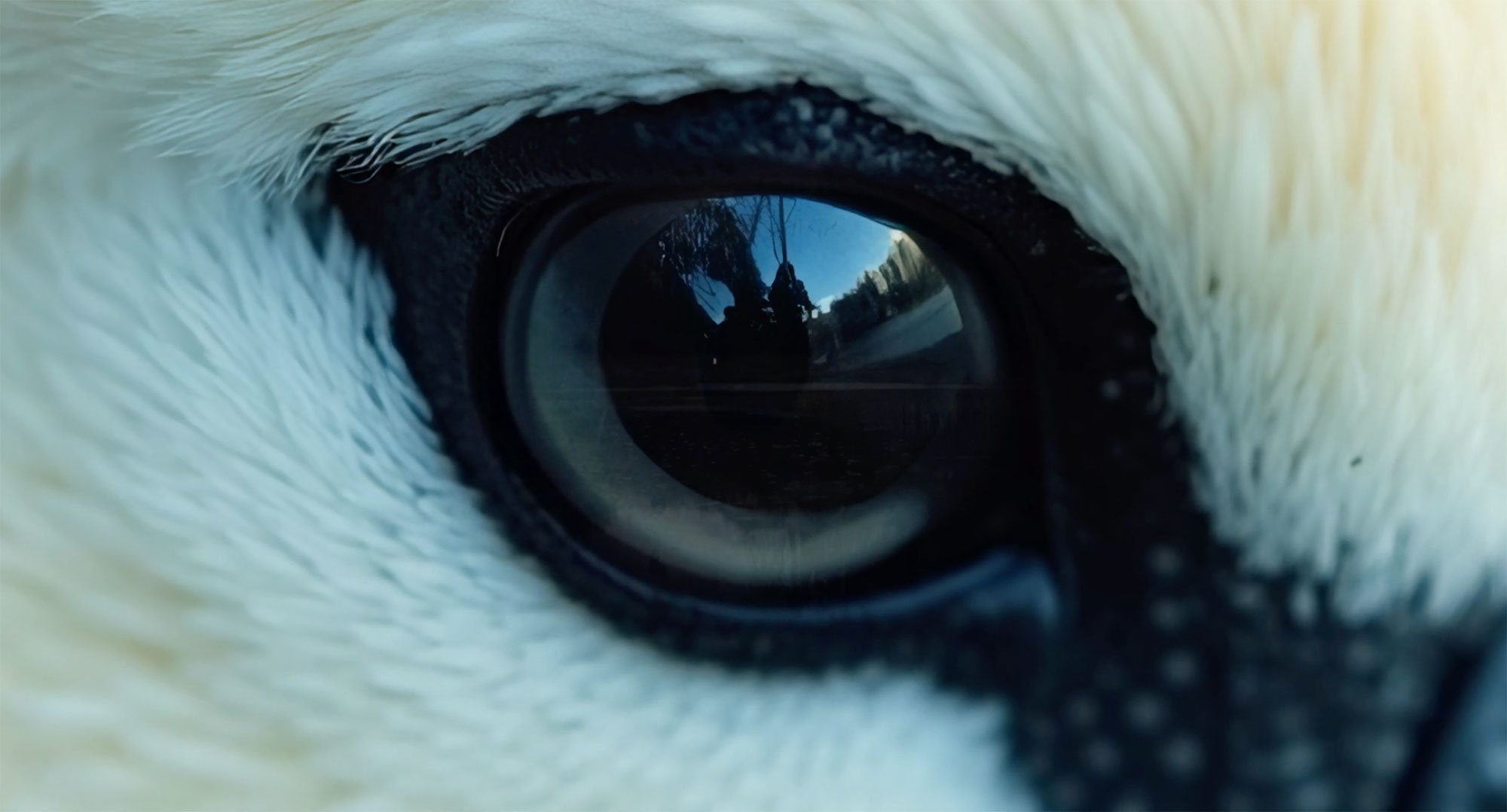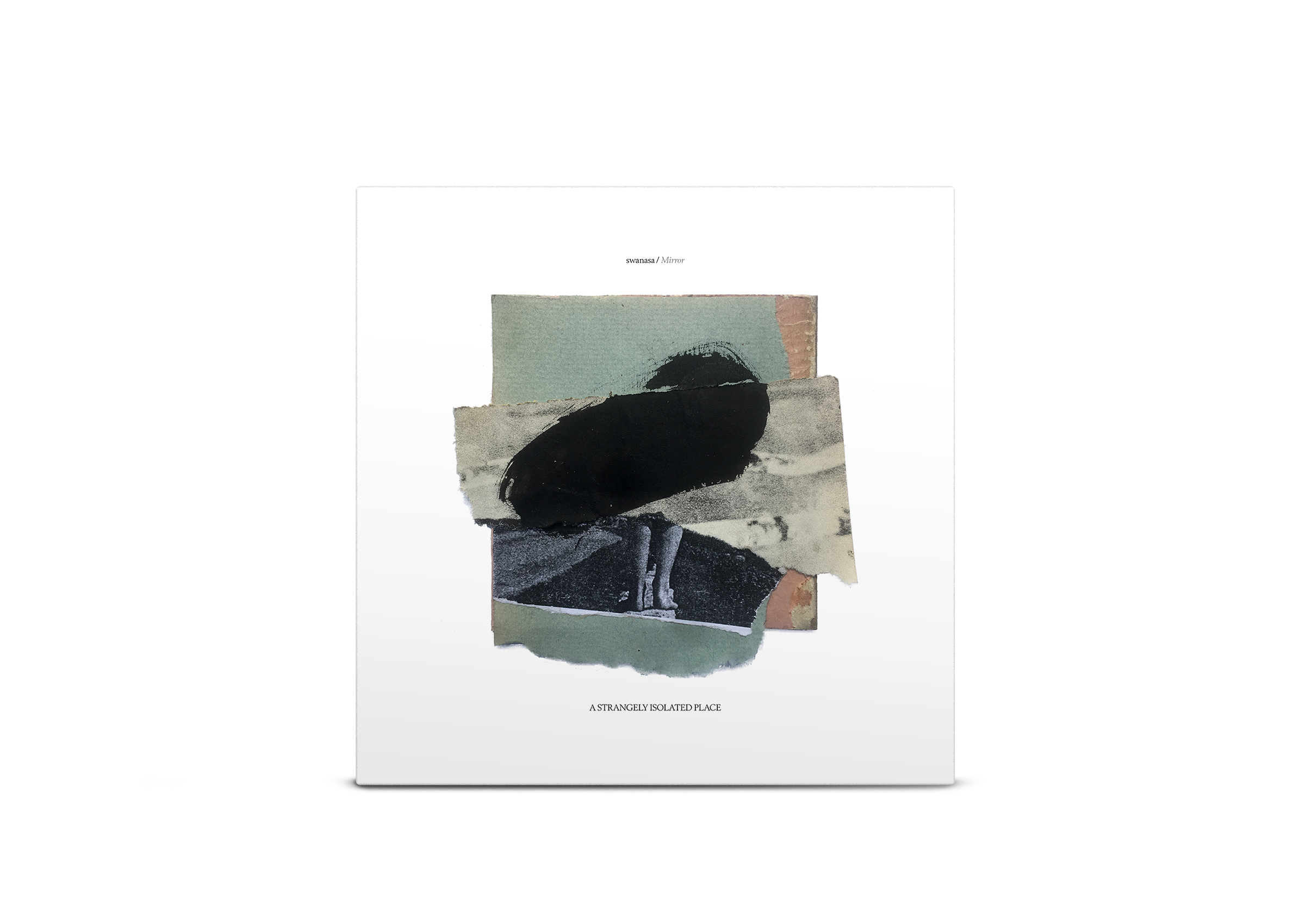
The Deep Breakfast mix series has slowly (quite quickly compared to my isolatedmix efforts!) become one of the greatest ambient-leaning mix series around, pulling in some of the finest curators and artists to grace our small world. From well-known artists and DJs to passionate music collectors, it seems Francesco, the curator, is intent on hosting a series truly meant for every corner of the ambient spectrum.
The name of the mix series gives you an idea of what to expect, and for my submission, I battled hard with what style to attempt in order to live up to the many great mixes that have been featured before. Breakfast to me - deep or not - can often be light and uplifting - chill or even dubtechno on some mornings. But similarly, a deep breakfast may also mean the edges of light at 4 or 5am… and this is more the route I went with this mix. Look out for some of the many upcoming ASIP tracks featured in this one!
Big thanks to Francesco for the invite, and I hope you all enjoy the mix.
Listen on Soundcloud or the ASIP Podcast
Tracklist:
01. swanasa - AHO (A Strangely Isolated Place, Forthcoming)
02. Hiemal - Pays D'en Haut I (Self)
03. Thomas Koner - Nuut (Night) (Force Inc)
04. Markus Guentner & Abul Mogard - While Hunting Nightmares And Dreaming For Peace (A Strangely Isolated Place, Forthcoming)
05. Ayaavaaki & Purl - Einstein-Rosen Bridge (Passage II) (LILA)
06. LF58 - Utopia (Northern Electronics)
07. Avsluta - It's Always Lonely Being Free (Self)
08. Pete Namlook & Bill Laswell - Angel Tech (Subharmonic)
09. STBL - Carousel Of Light (Self)
10. Mikkel Rev - Lauryl (A Strangely Isolated Place, Forthcoming)
11. James Murray - Grace (Home Normal)
12. Robert Rich - Summer Thunder (Self)
13. OKRAA - Canto Luminoso a la Luna (A Strangely Isolated Place, Forthcoming)




